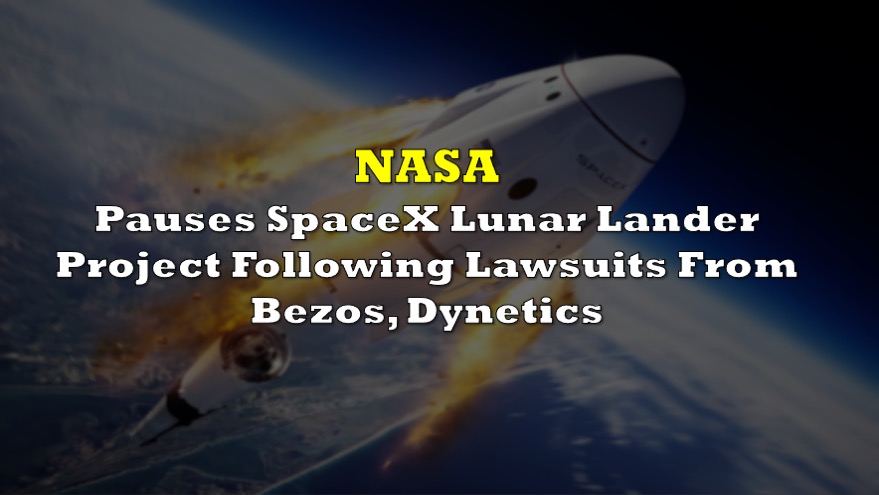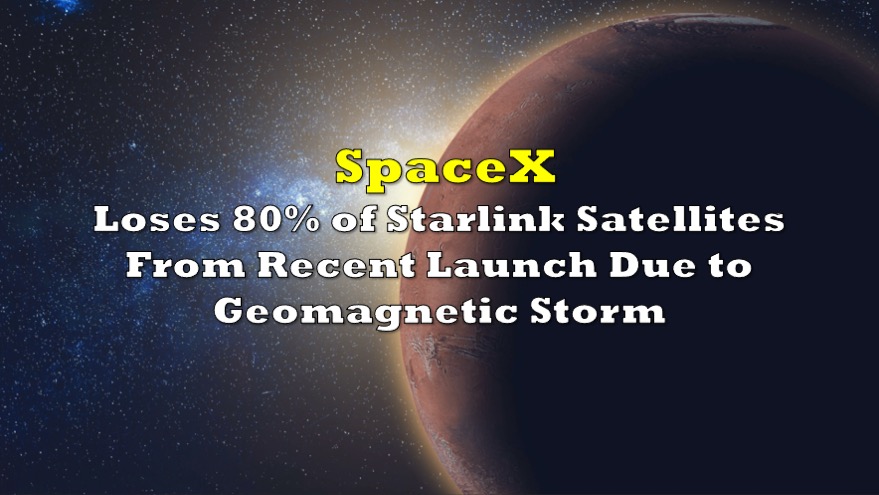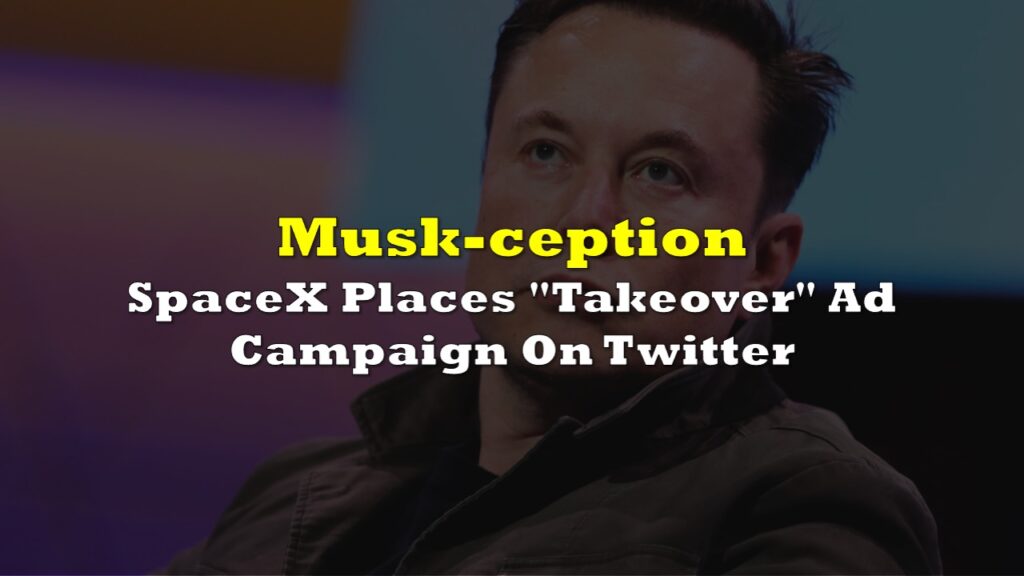US authorities have grounded Elon Musk’s SpaceX Starship rocket after accusations that a dust plume from the launch extended for kilometers and blanketed local wildlife.
The Federal Aviation Administration (FAA) has banned future SpaceX rocket launches while it reviews the fallout from the botched mission, as is customary protocol for any failed US space mission.
“A return to flight of the Starship / Super Heavy vehicle is based on the FAA determining that any system, process, or procedure related to the mishap does not affect public safety. This is standard practice for all mishap investigations,” the FAA said in its advisory.
BREAKING: The FAA had grounded the SpaceX Starship program pending a mishap investigation.
— Christopher David (@Tazerface16) April 24, 2023
This will most likely take many months to complete and require an extensive remediation plan before being allowed to launch again.
The FAA described the recent mishap as an anomaly that occurred “during the ascent and prior to stage separation resulting in a loss of the vehicle.”
The Starship spacecraft, which was intended to transport people on a Mars expedition someday, rocketed off the launch pad before exploding in mid-flight with no passengers on board.
Now, residents and researchers are scrambling to assess the impact of the explosion on local communities, their health, habitat and wildlife including endangered species.

Environmental activists who watched the SpaceX launch from the company’s Boca Chica base on the US-Mexico border claim the rocket created a dust cloud that extended for six miles over the launch site, dropping debris on the town of Port Isabel.
Port Isabel’s City Hall posted on Facebook Friday that “Cameron County Emergency Management Division has confirmed that the dust that fell this morning in Port Isabel was sand and soil from near the SpaceX launch site that was lofted into the air by the force of lift off.”
The SpaceX flight blasted chunks of solid concrete from the launch pad’s base, leaving a crater in the earth below.
After entering a spin, the rocket burst four minutes into its flight, triggering a self-destruct sequence. People were seen scouring the area around Starbase for scraps of metal that had been thrown hundreds of metres from the launch site.

For comparison, Musk’s Starship rocket and Superheavy booster are twice as powerful as NASA’s Saturn V launch vehicles, which were constructed in the 1960s to transport humans to the Moon.
Likely to explode
Musk stated on Twitter Spaces on April 16 prior to launch that the vehicle with 33 engines is equivalent to “a box of grenades,” and that the Starship vehicle was unlikely to reach orbit but was more likely to explode.
But Musk and SpaceX did not precisely forecast that their launchpad would be destroyed, or that particulate matter would rain down on homes and habitat as far away as Port Isabel, about six miles from the launchpad, and South Padre Island, a few miles up the coast from the site.
Images taken during the test flight reveal that the SpaceX launch pad also exploded, with concrete shards flying in all directions and leaving a massive crater beneath.
According to Jared Margolis, senior attorney with the Center for Biological Diversity, in an environmental assessment completed by SpaceX to obtain a launch license, the company told the FAA and other agencies that in the event of a “anomaly,” debris would fall within a 700-acre area surrounding the launch site.
That translates to a one-square-mile debris field, with debris emanating around three-quarters of a mile distant from the location, he said, referring to public-domain SpaceX environmental site assessment documentation.
When the FAA assessed the air quality hazards of a Starship launch last year, it found that it was “not expected to result in significant impacts to air quality.”
According to Dave Cortez, the Lone Star chapter director for the Sierra Club, a 501c4 environmental advocacy group, after the test flight and explosion, individuals in Port Isabel reported broken glass in their businesses, shaking windows at their homes, and unanticipated dust and particulate matter coating their homes, schools, and land.
It’s unclear whether the ash- and sand-like particle matter is hazardous to touch or breathe in, or what impact it might have on soil health.
Return to flight
Musk wrote in a tweet after the test flight that the SpaceX “can be ready to launch again in 1 to 2 months.”
3 months ago, we started building a massive water-cooled, steel plate to go under the launch mount.
— Elon Musk (@elonmusk) April 21, 2023
Wasn’t ready in time & we wrongly thought, based on static fire data, that Fondag would make it through 1 launch.
Looks like we can be ready to launch again in 1 to 2 months.
In its advisory, FAA said it would require assurance that “any system, process, or procedure related to the mishap does not affect public safety” for the rocket to be allowed to fly again.
However, the FAA informed CNBC via e-mail that the explosion triggered an “anomaly response plan,” which is part of a 2022 Programmatic Environmental Assessment completed by the company in collaboration with state and federal agencies, and that SpaceX must complete additional “environmental mitigations” before launching again.
The plan “was triggered by debris entering adjacent properties,” the FAA noted.
After completing the list of activities in the plan and mitigations, SpaceX will need to request an amendment to their launch license from the FAA in order to fly another test flight.
This is not the first environmental issue SpaceX has had. In September last year, a static fire test at SpaceX Starbase started a grass fire that led to the burning of 68 acres of brush at a protected refuge in Boca Chica.
The aerospace firm conducted the test for its prototype of Starship and lit all six boosters. However, the fire extended to the nearby Las Palomas Wildlife Management Area–a refuge area meant to preserve native brush nesting habitat, some farmland and wetlands for white-winged doves.
In response, Musk said the happenstance is the reason why they do static fires, adding it’s “much better to break things on the ground than en route to orbit.”
Yup, there’s a reason we do static fires! Much better to break things on the ground than en route to orbit.
— Elon Musk (@elonmusk) September 8, 2022
Information for this briefing was found via CNBC, The Telegraph, Quartz, and the sources mentioned. The author has no securities or affiliations related to this organization. Not a recommendation to buy or sell. Always do additional research and consult a professional before purchasing a security. The author holds no licenses.











